An hour's drive from Piatra-Neamt, in the village of Miron Costin in the commune of Trifesti, there is a real "Dowry Chest".
Dozens of ii from the interwar period, carefully collected by the village priest, reveal the beauty of Romanian folk costume, right from the area.
Their story is presented by priest Iustin Lehonschi in a private museum, established in the former village school, where he also learned his first lessons.
The two classrooms and the office were transformed into a circuit that starts from the room dedicated to wood, with all he processing objects, and ends in the one dedicated to folk costumes, as the finale of the household work.
Thus, in the first room appear the tools for crafting wood or the weaving loom, also made of wood, on which the cloth necessary for folk costumes was made.
In the former chancellery there are some old church objects, while the third room reveals a collection of folk costumes, from the village itself, especially those 100 years old.
The story of the collection begins 11 years ago when, as a child, Iustin Lehonschi was looking for costumes for "Jianu's Gang" for New Year's Eve with his father in the village.
"In the summer of 2014, we managed to collect about ten costumes, the ones needed for the traditions. Then a shirt and a hat started to arrive and we started looking for more. We bought a few mannequins and stored them at home and as time passed, we kept receiving them. The people from the village of Miron Costin heard that we were collecting and some were eager to donate them, promising that they would stay here," Iustin Lehonschi told AGERPRES.
In the meantime, he graduated from the "Episcop Melchisedec" Theological High School in Roman and the Faculty of Theology in Ia?i, but at the same time he increased his collection of folk costumes.
"From a necessity it became a passion, even an obsession in the beautiful sense of the word. I am most connected to folk costumes. It is a world full of color, fantasy, fairy tales. Folk costumes represent the authenticity and specificity of the area. Through them we identify ourselves and I believe that this whole story 'The Chest of Dowry' was intended to be like an ID card, an identity document of the village and the area," said the priest.
Iustin Lehonschi explained that all the shirts are made on homemade canvas, on a loom.
"Later, these folk motifs, specifically regional, were sewn with great skill. I have over 100 pieces of folk clothing and here I am referring to women's shirts and men's shirts. They were not worn every day, but only at events. On other days, shirts made of linen or hemp, which were rougher, were worn. For example, a shepherd told me that there were hemp shirts that were boiled in whey. Once boiled in whey, they became waterproof and protected the shepherds against the rain," said Iustin Lehonschi.
One of the century-old ii's from here also made it to this year's International Tourism Fair in Berlin, proudly carried by the vice president of the Neamt County Council, Mihaela Isciuc, a daughter of the Trifesti commune.
"Let's not forget where we came from, the people who worked and built what we have today. Thanks to him, I started wearing the traditional costume from my hometown again. I try to promote everything that Father Iustin brought here," said Mihaela Ischuc.

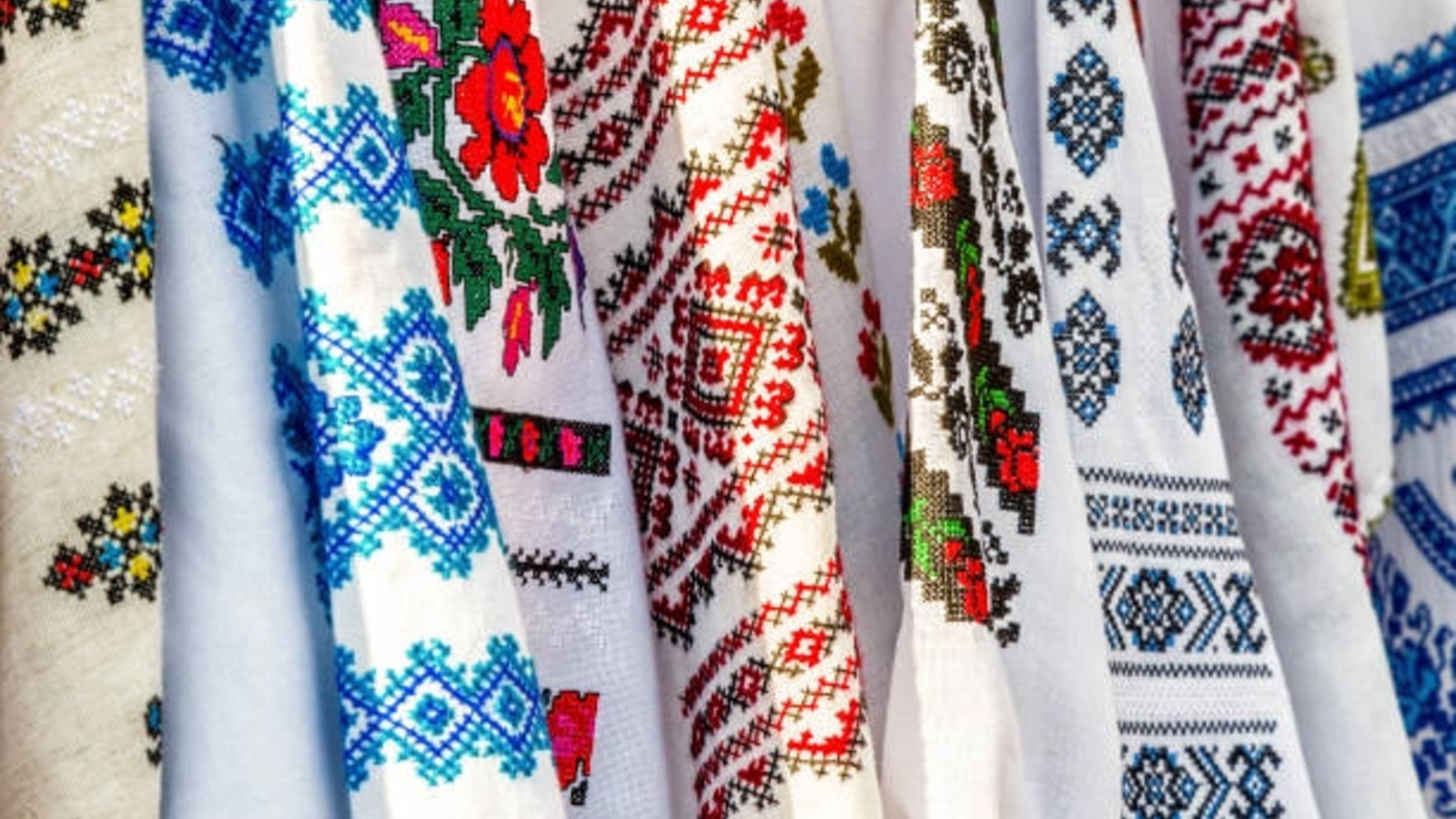





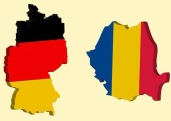


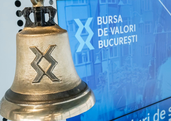








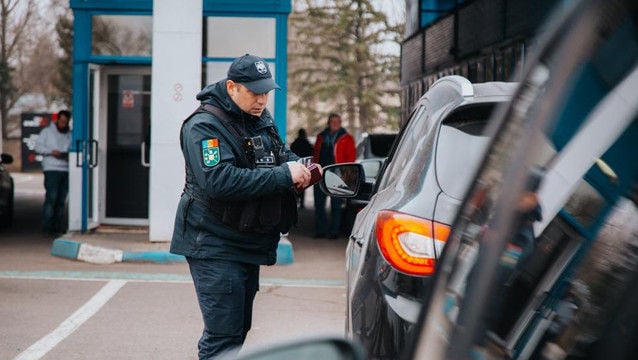

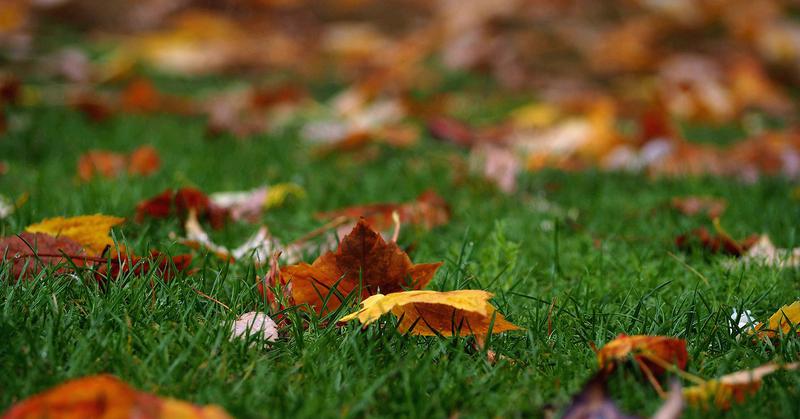
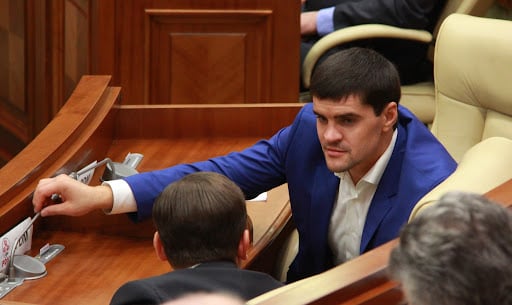

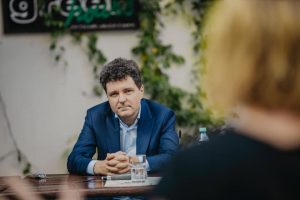










Comentează